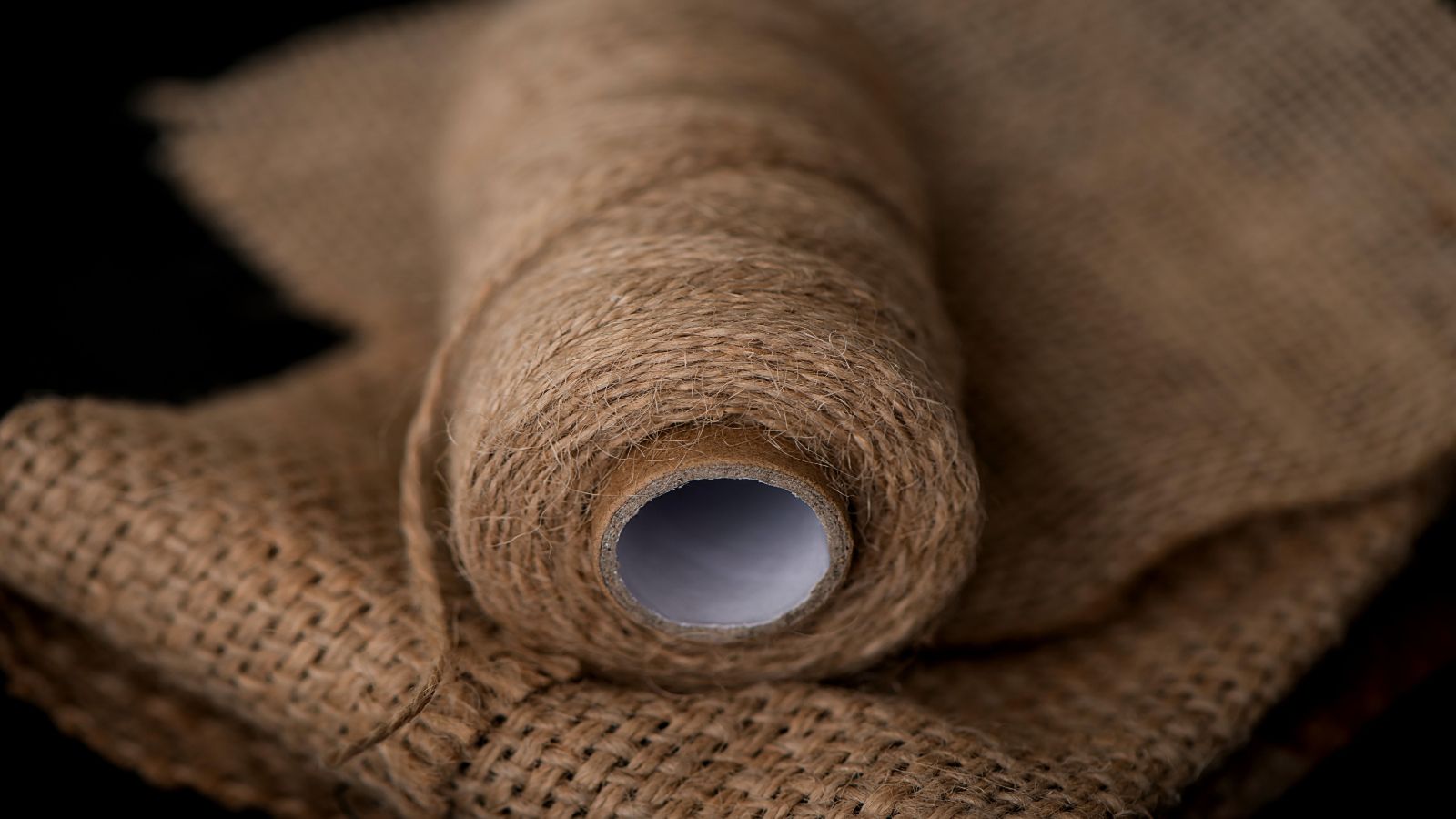
Jute clothes: everything on the sustainable fibre that looks like canvas
Jute clothes: the 100% natural fibre. Discover its history, why it’s perfect for clothing, and how to best take care of it. This guide handles it all
Jute is a completely natural fibre which originates from the Jute plant, part of the Malvaceae family.
This family contains over 4,000 plants, the best-known members of this family are cotton and cacao. Best of all, Jute cloth is 100% natural, sustainable, biodegradable and even recyclable.
What is jute and how is it cultivated
The premier question on most people’s lips is ‘what is jute made of?’. Jute is one of the best fibres on the market; it features bright golden reflections and, for this reason, it is also referred to as the “golden fibre”. However, as it is a very tough fibre, many jute garments are gently embroidered by hand or crocheted to turn the golden thread into bags, hats, dresses and even tapestry accessories. This perfectly answers what is made from jute other than hessian sacks and wall-coverings.
The benefits of jute fabrics are evident: this fibre is completely biodegradable and features antistatic and insulating properties. At the same time, it has a low thermal conductivity and moderate humidity retention, making it highly hygroscopic. Jute garments are long-lasting also thanks to their tensile strength and low extensibility coefficient.
Of course, coarse jute fabric can be difficult to look after which is an important consideration when looking at the environmental benefits. When wet, the fibres can be brittle and cloth made from jute can easily shed. The fibres can also hold dirt and bacteria well.
In short, it’s essential to understand the correct process of sanitising clothes in the washing machine. It won’t just ensure the clothes are durable, it will make sure they always look their best.
Jute clothes, what you should know
Until recently it was commonly referred to as burlap or hessian. Jute fabric is coarse, making it strong and durable. That’s why it is usually found within many business sectors: the perfect material for making industrial and storage. Naturally, with the sustained drive toward an environmentally-friendly future, jute fibre is now being used to create stunning and fashionable clothing.
Jute is becoming a popular choice to create fashionable and sustainable garments, thanks to its natural fibres. It is often used to make bags, shoes and fashion accessories.
Today, it’s also used to produce fine-quality garments. Jute fibre is combined with pure cotton and other natural fabrics to make them soft, light and breathable. It is not unusual to find hand-embroidered jute garments. They are desirable and considered high fashion.
How to wash a jute garment effectively
Jute easily sheds and can be damaged during a washing cycle. Care is needed, which is why investing in a quality appliance, such as one of the Haier washing machines, is a good choice.
A perfect example is the Haier I-Pro Series 7 washing machine, as it combines all the innovative technologies and ensures the best results at all times. The best approach is to use large-capacity washing machines. These provide more room for the jute fabrics to move and decrease the likelihood of damage. It can also help to select one of the easy ironing washing machines. This avoids the need to apply high-temperature irons to jute clothes and potentially damage them.
Naturally, it’s important to select a cooler cycle, ideally the anti-odour wash cycle, and use a gentle detergent. Haier provides the best hygiene technologies that help to protect your favourite clothes from bacteria and germs. It’s vital for jute’s longevity to remove bacteria between uses.
This ancient fabric is likely to play an increasingly important role in the clothes of the future. It’s worth knowing how the clothes are made and the best way to take care of them.


